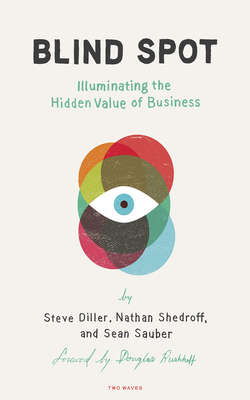Читать книгу Blind Spot - Nathan Shedroff - Страница 21
На сайте Литреса книга снята с продажи.
How Customers Interact with Companies’ Touchpoints
ОглавлениеOn the other side of the universe from Disney is almost any Department of Motor Vehicles (DMV) in the United States. A visit to the DMV is universally dreaded. Typically, you arrive to a roomful of loud people and have to stand in line based on the DMV’s own bureaucratic categories, which make no sense to anyone who doesn’t work there. Is a motorcycle license the same as a driver’s license? Do you need a Marine Class 1 or Marine Class 2 boating permit? What if you just want an ID card and don’t plan to drive at all? Very few people know how the DMV categorizes these needs, and, as a result, they often wait too long in one line only to be told they need to go to a different one. Then, when they finally get to the right place, they are shunted through a confusing process of tests and paperwork. They have little understanding of what’s going on or where the endpoint is, and their only hope is to somehow emerge with the document they need.
Unlike Disney, the DMV doesn’t seem to care much about your experience (and, therefore, you). If you hate it, so what? You like driving, don’t you? The DMV seems to only care about itself and its own way of working. It wants to frog march as many people as it can as quickly as possible through its own processes. As a result, it gives customers no ability to affect how they’re being treated. They can endure it or leave.
Because they don’t have competition, the DMV doesn’t have to care about relationships. And, because they aren’t seen as a source of value, there’s no incentive to improve the experience beyond lessening their own costs. Few businesses, however, are in that position. Most face stiff competition, either from direct competitors or indirect ones (like workarounds). Comcast may have a particular territory locked-up as the exclusive cable provider, but it still faces competition from satellite TV and even piracy.
The DMV and Disney show the range of interactions you can have with a company. When your child chats with a Disneyland character, the interaction is free-flowing. The character improvises on the spot to reflect whatever your child is saying and doing. By contrast, the DMV insists that you do exactly as it says, regardless of what you need or how you respond. There is seldom room for deviation, special circumstances, or even a modicum of graciousness.
Design experts typically specify three major types of interactions you can have with a company: top-down, co-created, and improvised. Of course, many experiences can straddle or fall between them, but for simplicity’s sake, look at them one at a time.
